When it comes to choosing hardwood flooring, homeowners are often faced with a crucial decision: solid wood or engineered wood? Both options offer warmth, beauty, and value to a home, but they come with different benefits and trade-offs. Understanding the distinctions between them can help you make the best decision for your lifestyle, budget, and long-term needs.
What Is Solid Wood Flooring?
Solid wood flooring is made from a single piece of hardwood, such as oak, maple, or walnut. It is typically ¾ inch thick and can be sanded and refinished multiple times over its lifespan.
Pros:
Longevity: Can last over 100 years with proper care.
Refinishing Potential: Can be sanded and refinished many times.
Natural Look: Offers a classic, authentic wood grain.
Cons:
Susceptible to Moisture: Prone to warping in humid or damp conditions.
Not Ideal for Basements: Not recommended for below-grade installations.
More Expensive: Higher upfront cost for materials and installation.
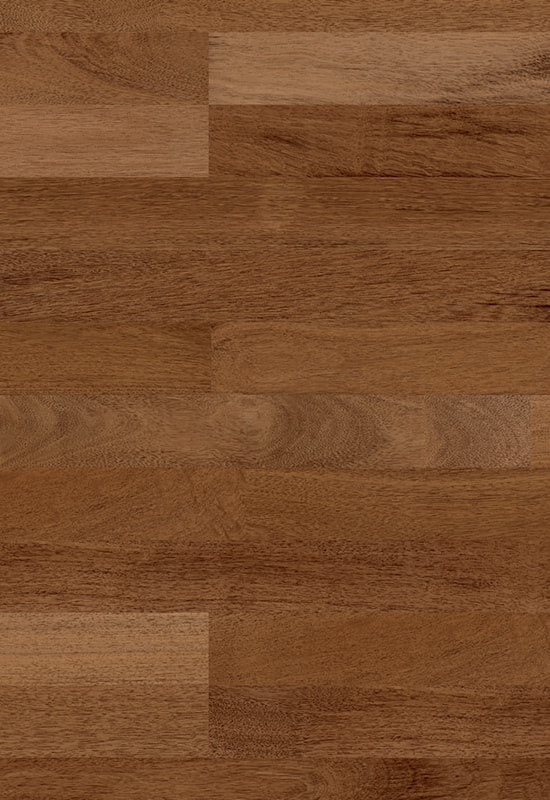
What Is Engineered Wood Flooring?
Engineered wood consists of a thin layer of hardwood veneer on top of multiple layers of plywood or high-density fiberboard. This structure makes it more stable in variable environments.
Pros:
Moisture Resistance: Less likely to expand or contract with humidity.
Versatile Installation: Can be installed in basements, over concrete, or radiant heating systems.
Cost-Effective: Often more affordable than solid wood.
Cons:
Limited Refinishing: Can only be refinished once or twice, depending on the top layer’s thickness.
Lower Lifespan: Typically lasts 20–40 years.
Varies by Quality: Some low-end products may not wear well.
Which Should You Choose?
The choice depends largely on your specific needs:
For longevity and tradition, solid wood is unbeatable—ideal for historic homes or if you plan to stay long-term.
For practicality and modern living, engineered wood shines—perfect for condos, basements, or climates with seasonal humidity changes.
Conclusion: Balance Beauty with Function
Both solid and engineered wood flooring offer aesthetic appeal and can add significant value to your home. The best choice ultimately depends on where you’re installing the floor, your budget, and how long you plan to enjoy it. By weighing the pros and cons, you can invest confidently in a floor that meets both your style and structural needs.


 English
English 中文简体
中文简体 Français
Français
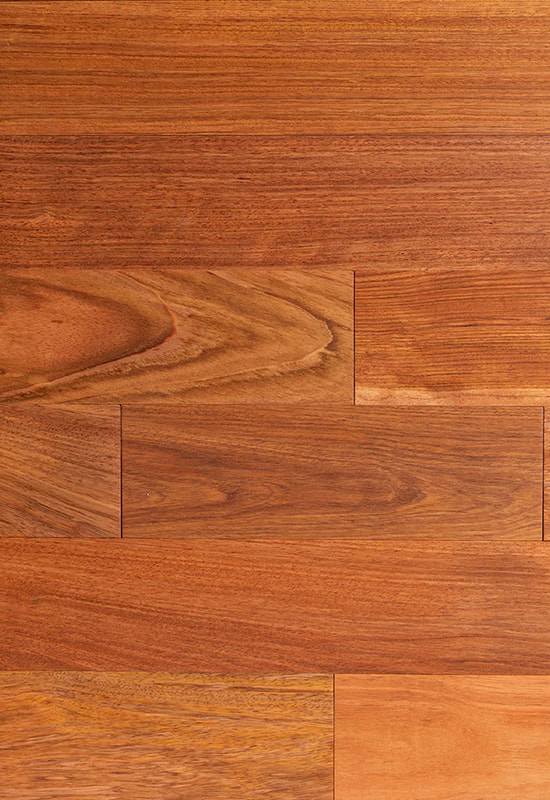

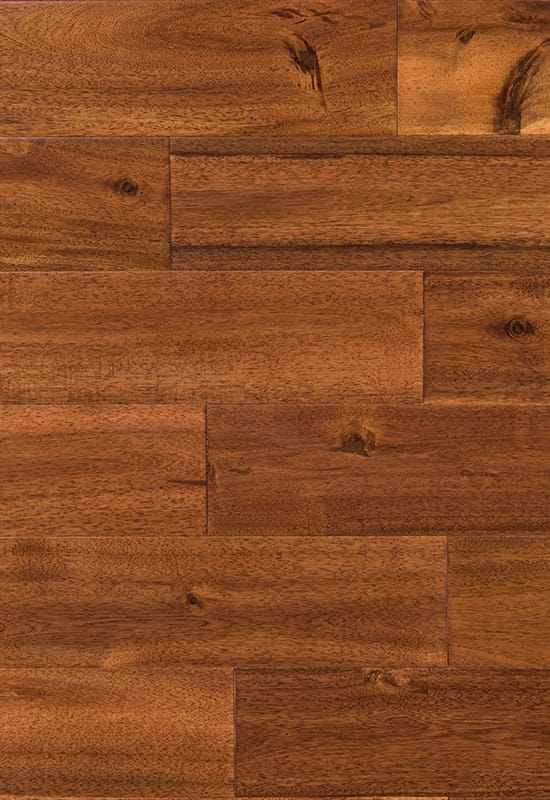
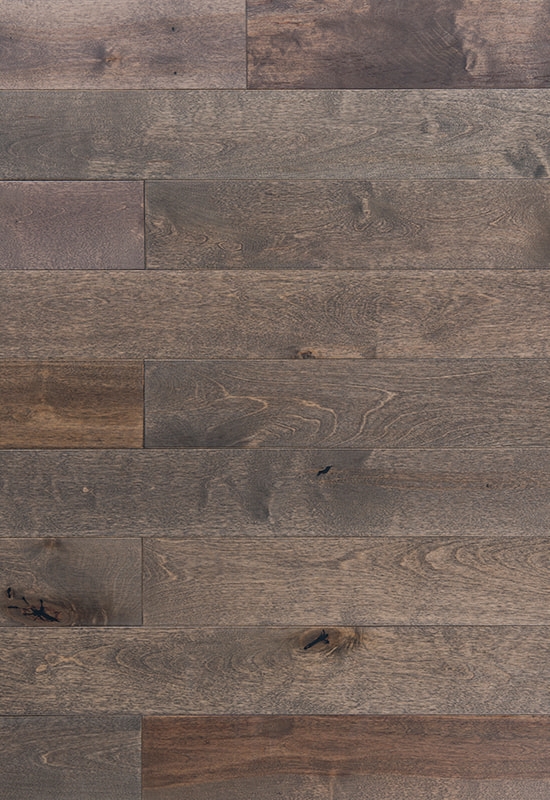
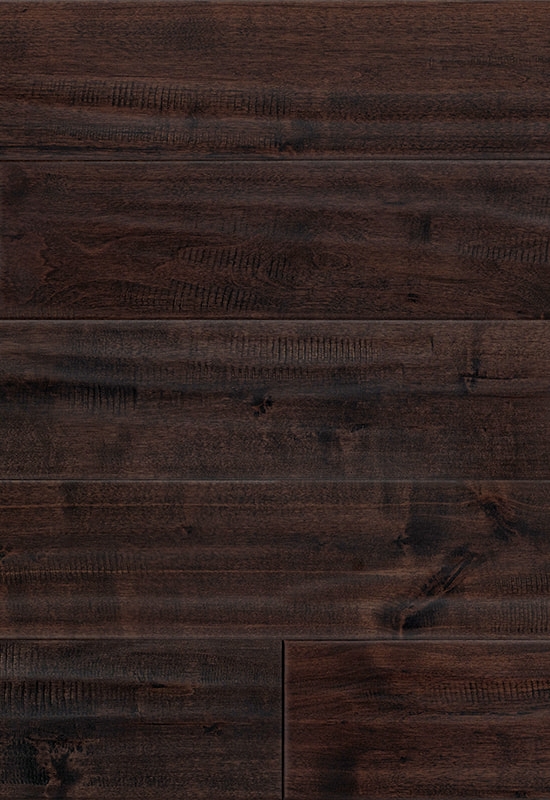
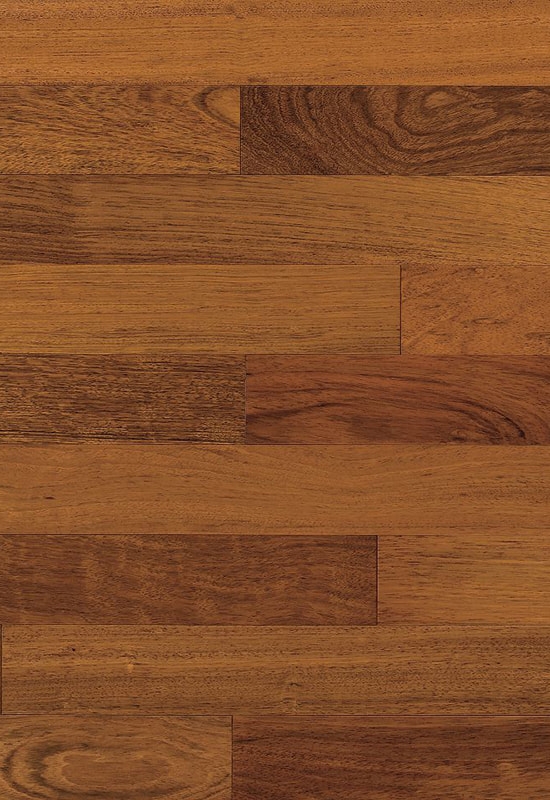
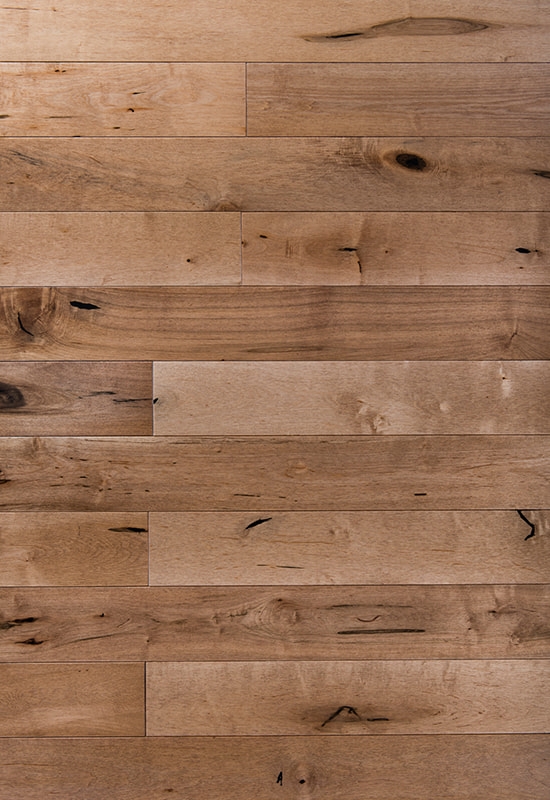
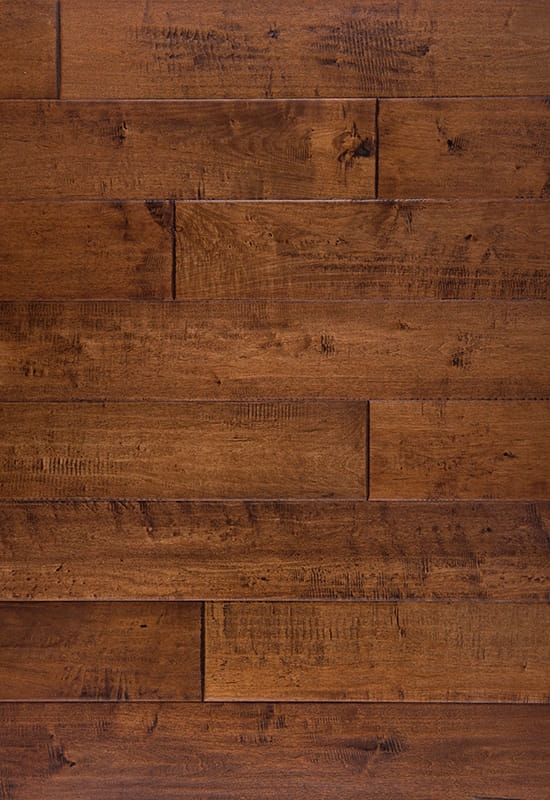
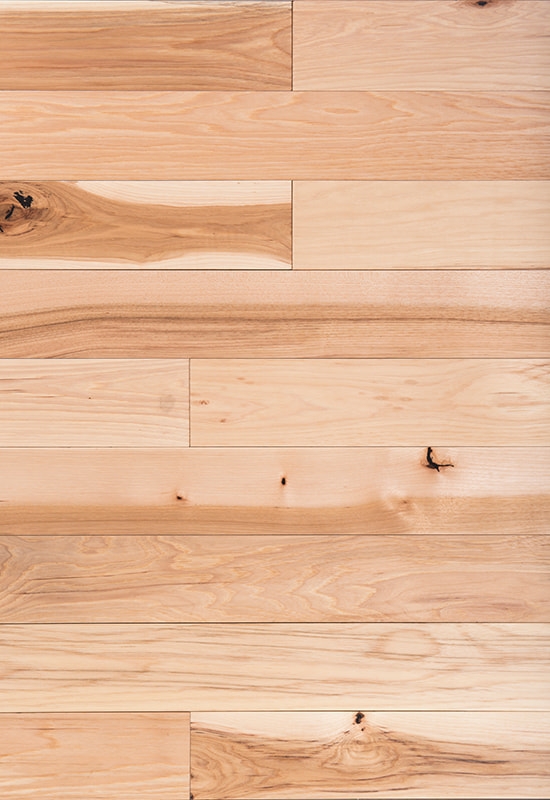
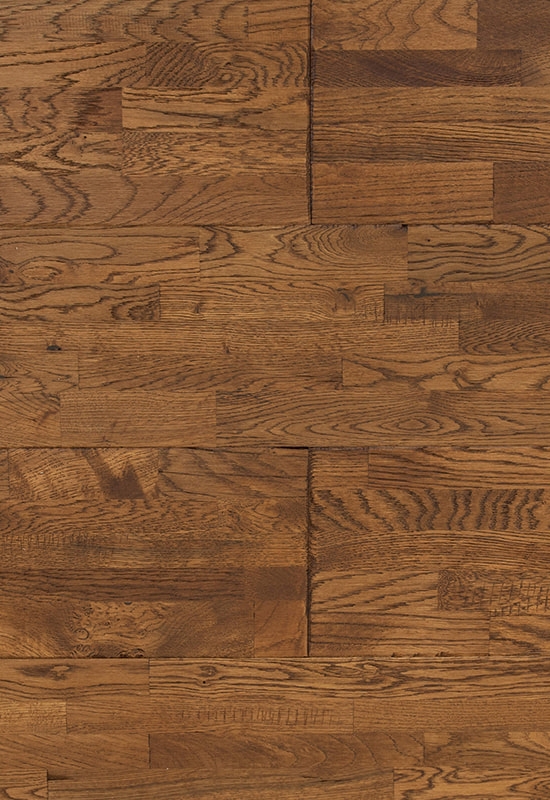
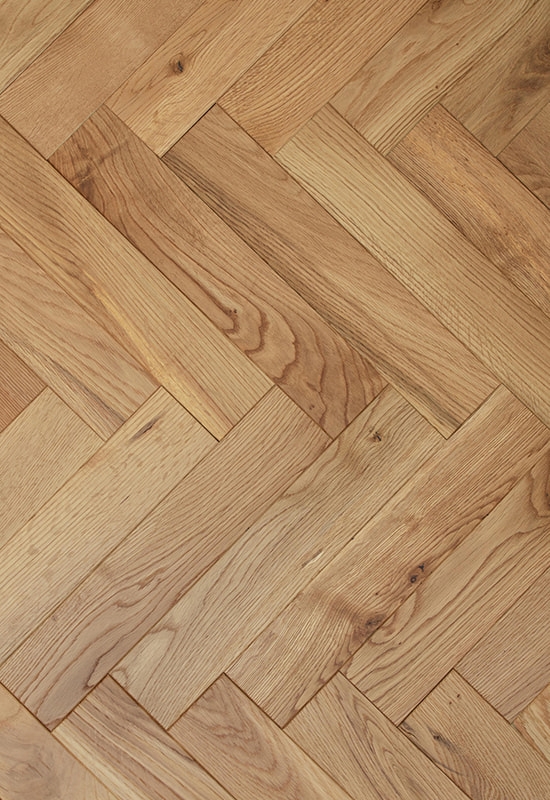
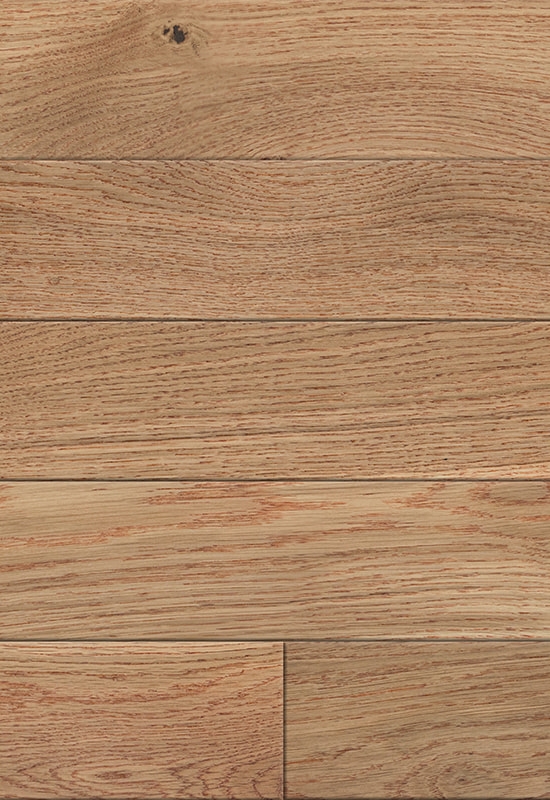

 +86-572-2118015
+86-572-2118015 No.598. Gaoxin Road, Huanzhu Industrial Zone, Huzhou City, Zhejiang Province, China, 313000
No.598. Gaoxin Road, Huanzhu Industrial Zone, Huzhou City, Zhejiang Province, China, 313000 